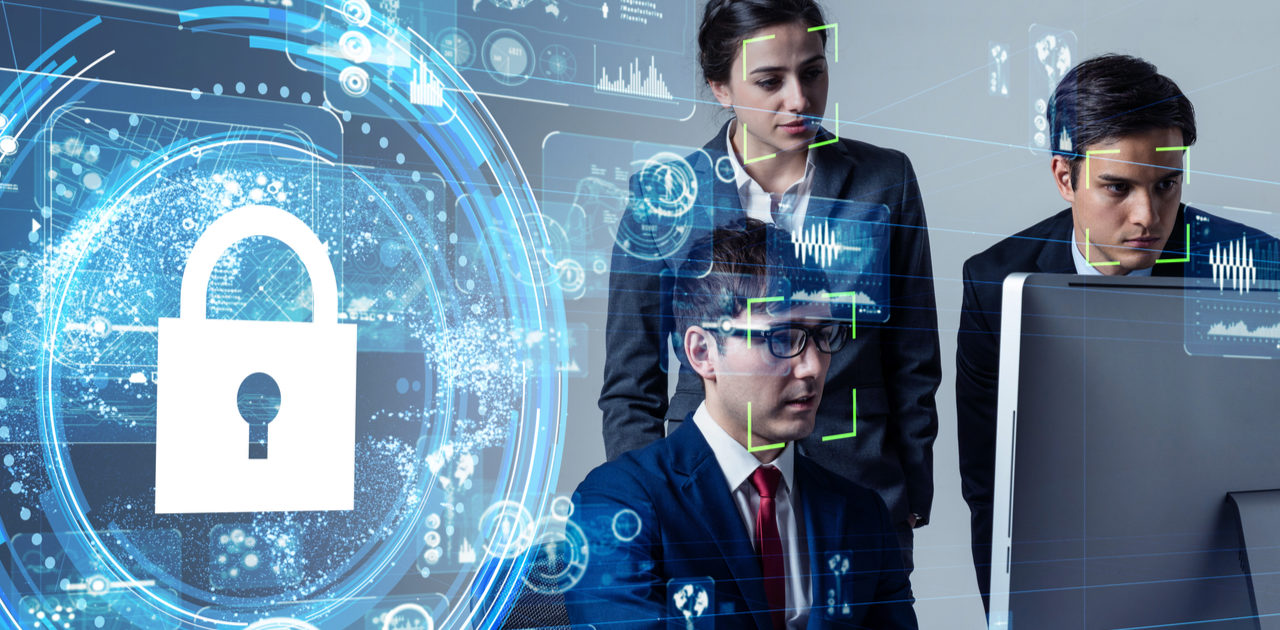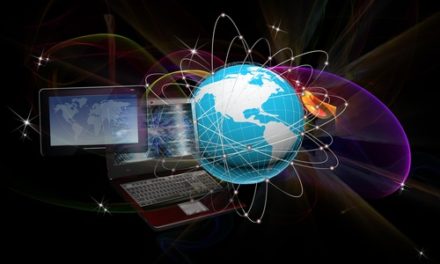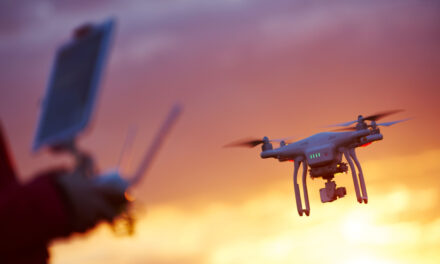
The Future of … The Mainstreaming of Facial Recognition
The global facial recognition market is estimated to double over the next five years. Already, we see facial recognition being used in securing access to personal smart phones and laptops, as well as in a growing number of airports.
To view the full article please register below:
The Future of … The Mainstreaming of Facial Recognition
The global facial recognition market is estimated to double over the next five years, from $3.2 billion in 2019 to $7.0 billion in 2024. This 16.6 percent compound annual growth rate will be propelled by surveillance, government use, and business applications.1
Already, we see facial recognition being used in securing access to personal smartphones and laptops, as well as in a growing number of airports. On a more unsettling note, China, with its nearly 200 million CCTV cameras, has been aggressively using the software to monitor its civilian population.
Future Applications for Facial Recognition
Facial recognition technology is quite advanced, with exceptional levels of accuracy in identifying individuals. What is lagging is the infrastructure required to maximize its employment, such as camera installation. However, those investments are sure to come, and Americans can expect to see the software become ever more pervasive in the years ahead. Here are some near- and long-term uses:
- Before its postponement, the 2020 Tokyo Olympics had been prepared to use facial recognition for athletes and media, rather than the traditional physical ID badge.
- Cameras will be placed in public places, along with cameras on police cars, to scan faces to identify wanted criminals. This may eventually extend to special glasses worn by police to serve the same purpose.
- The software will replace the physical credit card. With a face as equally unique as any card number, reading a person’s face adds convenience and eliminates credit card fraud. KFC is presently testing it as a payment system in China.
- Car companies are experimenting with employing facial recognition, as well. For instance, Subaru uses it in one model to assess whether a driver is tired or falling asleep and activating warning systems in response. It is also being used to recognize the driver to adjust the seat, mirror, and entertainment system to his or her settings.
- Hotels may become one of the first places Americans experience facial recognition. The software can be used to speed up the check-in process, provide access to rooms (no more keys!), and enhance the personalization of service.
- A number of larger societal benefits may emerge from the use of facial recognition, including detection of genetic disorders (yes, there’s an app for that), finding lost children, and making quicker identification of unauthorized entry onto school grounds and communicating that person’s location to police.
Recognition technology is not without its drawbacks. The implications for individual privacy are profound, as are the worries that governments could abuse the power that comes with knowing more about its citizenry.
Source:
Please reference disclosures: https://blog-dev.americanportfolios.com/disclosures/












